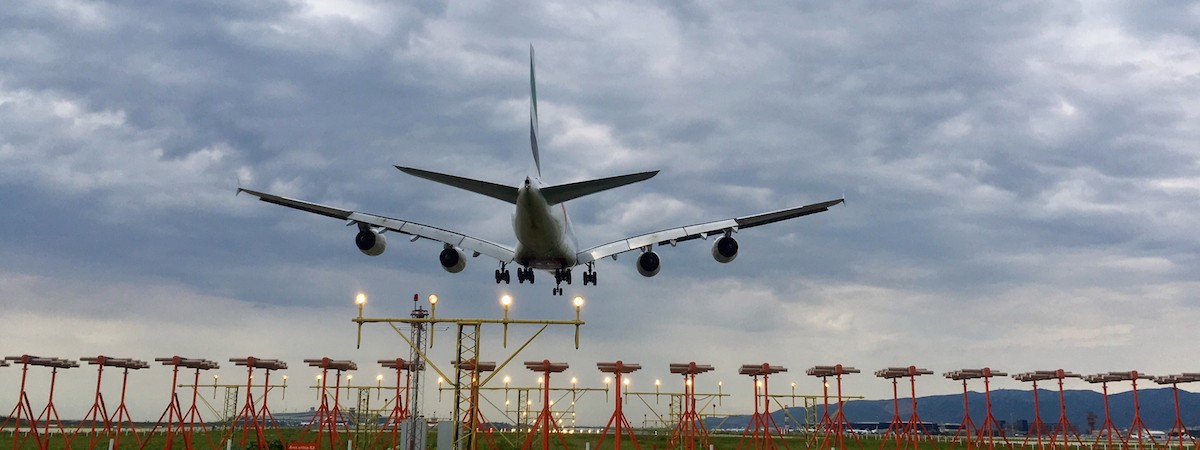ENAIRE and NATS sign an agreement aimed at improving the approach to Barcelona-El Prat Airport

- The aim is to optimise the procedures and shorten the time difference between planes that land and take off, improving the traffic flow
ENAIRE, the main supplier of air navigation services in Spain and the 4th in Europe, has signed a cooperation agreement with its British counterpart NATS. This agreement will contribute to identifying areas for improvement in terms of managing air traffic in Barcelona-El Prat Airport thanks to NATS’ know-how.
NATS’s expertise in operating environments with high traffic density similar to Barcelona-El Prat Airport will help evolve its procedures for controlling air traffic and designing routes, and it will improve the general efficiency of operations in the air space surrounding Barcelona-the Prat Airport, specifically in the approach area where planes land and take off.
This collaboration is supported by NATS’ accumulated experience as a leading company in air traffic services, and it will benefit from the use of models based on accelerated simulation, while also integrating with the knowledge of air traffic controllers and other experts in this area.
Among the initiatives to be developed within the framework of this collaboration with NATS, the following are worth noting:
- Analysis on optimising the use of the existing infrastructure
- Optimisation of the procedures in order to shorten the time difference between arriving and departing traffic
- Advice on implementing new systems that will maximise the efficiency of runaway use: Implementation of Time Based Separation techniques, use of flight data via the data link provided by Mode S radars, etc.)
- Detailed analysis on procedures of unsuccessful approaches and standard departures to reduce the distance between different traffic
- Improvement of the procedures and tasks of air traffic controllers in charge of approaches, in situations of visual separation or slipstream turbulence
The results from the cooperation and proposals are expected to be available in approximately 10 months, which will follow the working premises included in the framework of EUROCONTROL’s ACAM (Airport Capacity Assessment Methodology) and IATA’s World-wide Scheduling Guidelines-Demand and Capacity Management.
These results will help optimise the design and current development of the TMA in Barcelona.
